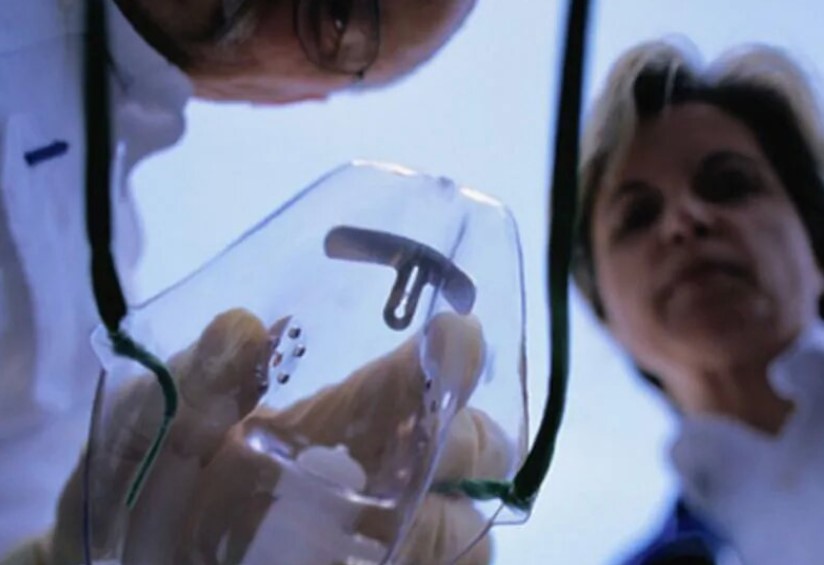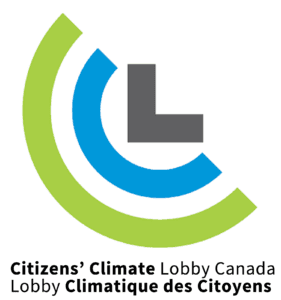Laser Talk: GHG Pollution From Volatile Anaesthetics MARCH 2023 UPDATE Scotland has become the first country in the world to ban the anaesthetic desflurane. In January, the Canadian Anaesthesia Society (CAS) Guidelines of Practice (2023) now recommends not using Desflurane and Nitrous Oxide. We support Canada banning Desflurane too. It is well established that volatile anesthetics are potent greenhouse gases (GHG) and that desflurane is responsible for a significant portion of the carbon footprint of the operating theatre. It is also well established that replacing desflurane with sevoflurane will significantly reduce GHGs in the operating room without compromising patient care. At COP26, Canada signed onto the WHO COP26 initiative to build resilient, low-carbon health systems. This is wonderful news given that 4% of GHG emissions in Canada come from the health care system. In 2020, Health Sciences North (HSN) in Sudbury ON removed desflurane from the formulary. The implementation of this measure was associated with a significant drop in carbon dioxide equivalents (CDE) from HSN volatile gases use by 723 tonnes in just that one hospital in 2016 compared to 2020. The 2016 CDE at HSN were: sevoflurane, 31 tonnes vs desflurane, 744 tonnes; and the 2020 CDE were: sevoflurane, 52 tonnes vs desflurane, 0 tonnes. It should be noted that the number of operations decreased because of the COVID pandemic. Currently, very few Canadian hospitals have banned Desflurane. Carbon pricing could be an effective strategy to reduce carbon pollution in the operating rooms. At Canadian carbon price of 30 CAD/tonne CDE (price in 2020 at the time of study completion) if applied to volatile anesthetic gases would increase prices by 1.48 CAD per bottle of sevoflurane and by 26.82 CAD per bottle of desflurane. In 2030, the projected carbon price of 170 CAD/tonne CDE would increase the price of sevoflurane by 8.39 CAD and the price of desflurane by 151.98 CAD. This will essentially make the purchase of desflurane difficult to justify. Unfortunately, volatile anesthetics are currently not included in the GHG Canadian inventory. Thus, given this compelling data, Citizens’ Climate Lobby Canada is asking that volatile anaesthetics be included in Canada’s Greenhouse Gas Inventory. Reference: https://pubmed.ncbi.nlm.nih.gov/34664201/ Updated December 12, 2021
Laser Talk: The Potential Impact of Pricing GHG Pollution From Volatile Anaesthetics
Home » CCL Canada News » Laser Talk: The Potential Impact of Pricing GHG Pollution From Volatile Anaesthetics
Laser Talk: The Potential Impact of Pricing GHG Pollution From Volatile Anaesthetics
Posted on December 31, 2021 in Laser Talk








